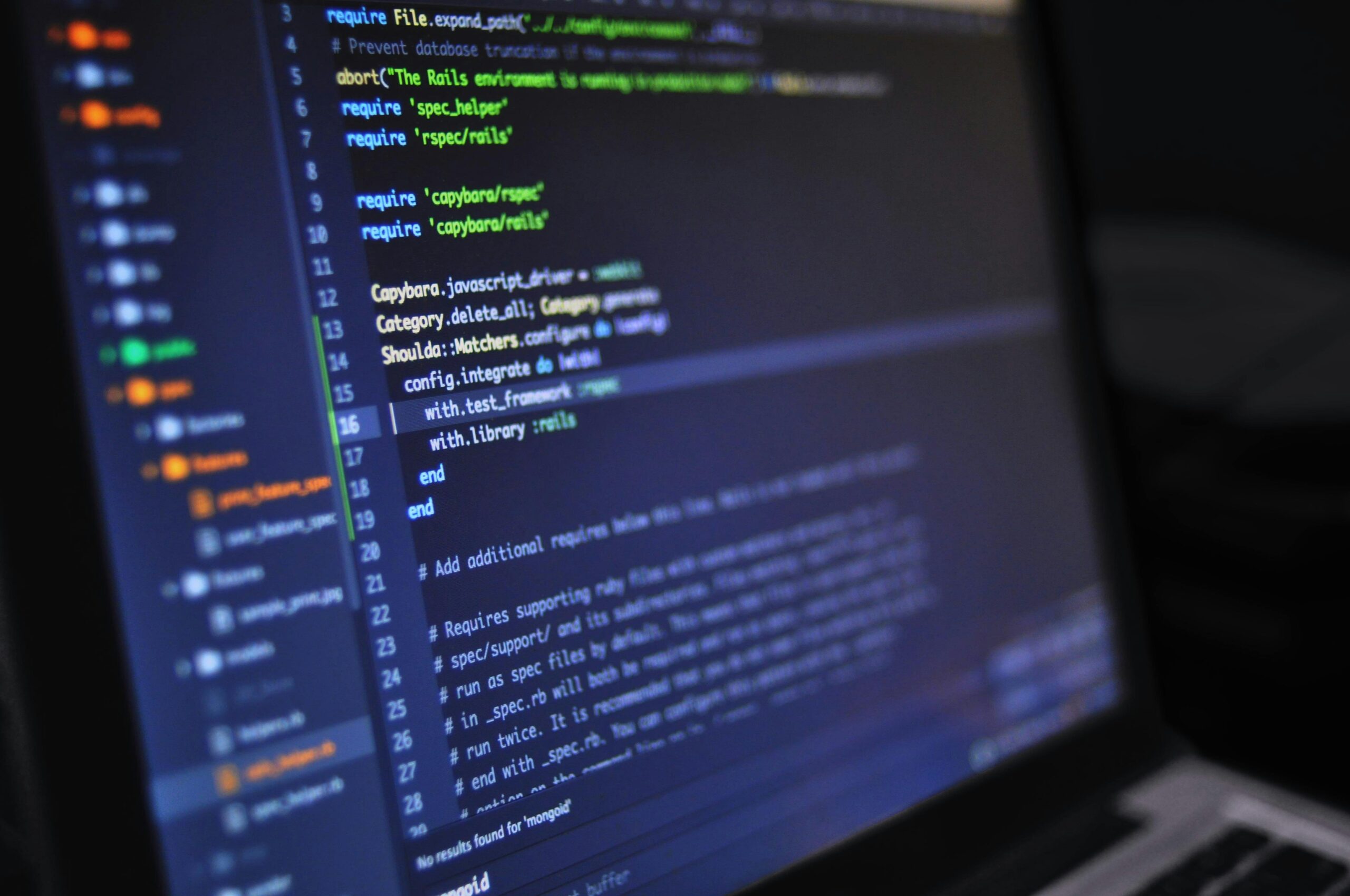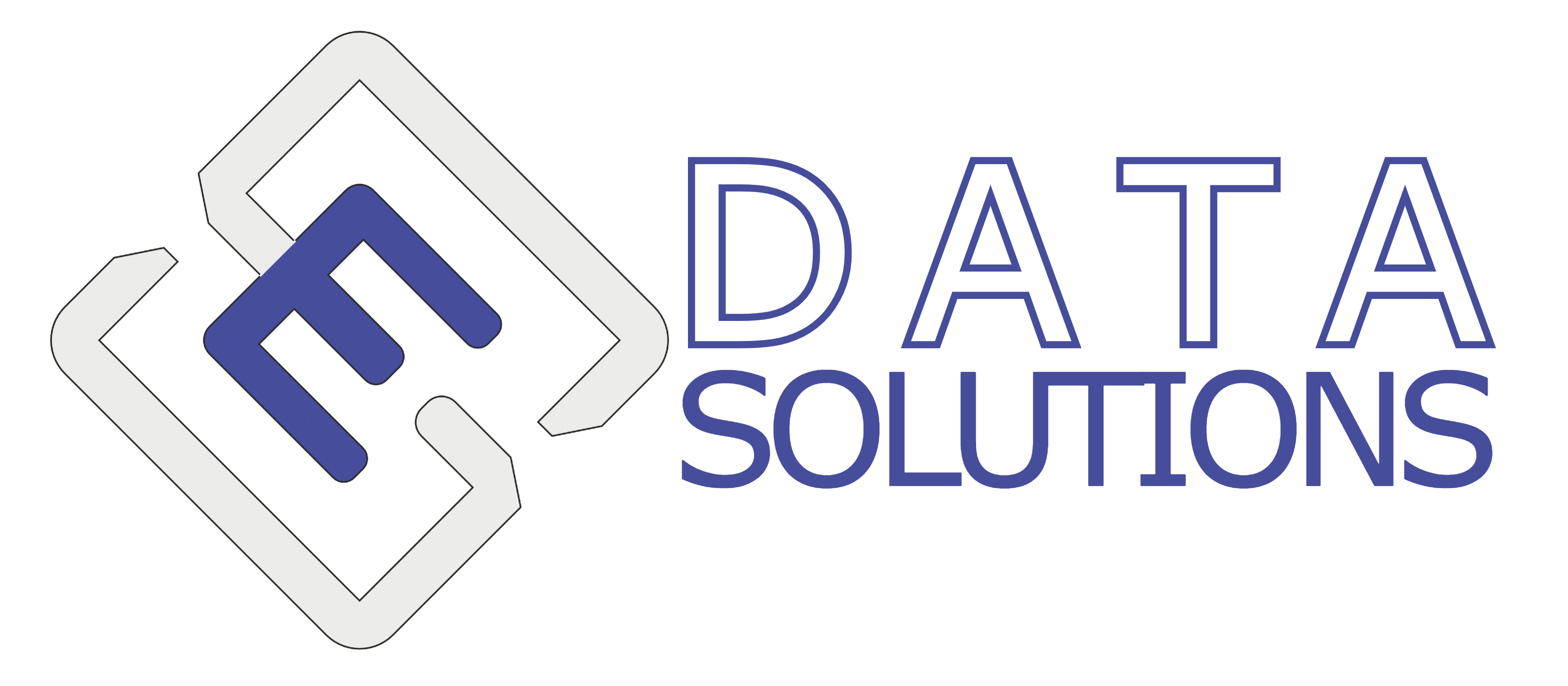
The aim of this training programme is to equip participants with the skills to use popular statistical software packages effectively for data analysis. The programme covers a range of software tools, ensuring that participants can choose the right tool for their specific needs and are proficient in applying various statistical methods using these tools. The plan is structured into several modules, each focusing on a different software package such as R, Python, SPSS, SAS, Excel, etc. Each module includes a mix of lectures, interactive sessions, and hands-on exercises. Participants will work on real-world datasets to practise using the software tools for various statistical analyses.
- R:
- Installation and setup of R and RStudio.
- Introduction to R programming, data import, and data manipulation.
- Basic statistical analyses in R, including descriptive statistics and simple visualisations.
- …
- Python:
- Installation and setup of Python and Jupyter Notebooks.
- Introduction to Python programming for data analysis, using libraries such as Pandas, NumPy, and Matplotlib.
- Performing basic statistical analyses and creating visualisations in Python.
- …
- SPSS:
- Introduction to SPSS interface and functionalities.
- Data entry, data manipulation, and basic statistical analyses in SPSS.
- Creating and interpreting outputs and reports in SPSS.
- …
- Advanced Analysis in SAS:
- Introduction to SAS programming and environment.
- Data manipulation, advanced statistical analyses, and reporting in SAS.
- Using SAS for complex data analysis tasks and large datasets.
- …
- STATA
- Introduction to STATA programming and Menu.
- Data manipulation, advanced statistical analyses, and reporting in STATA.
- Data analysis with STATA
Lectures: Detailed explanations of software functionalities, supported by demonstrations.
Hands-on Exercises: Practical exercises where participants use the software to analyse data, interpret results, and generate reports.
Outcome
- Have a comprehensive understanding of various statistical software packages and their applications.
- Be proficient in using R, Python, SPSS, SAS, and STATA for data analysis.
- Be able to perform a wide range of statistical analyses using these tools and interpret the results accurately.
- Gain confidence in selecting and using the appropriate software for their specific data analysis needs.

